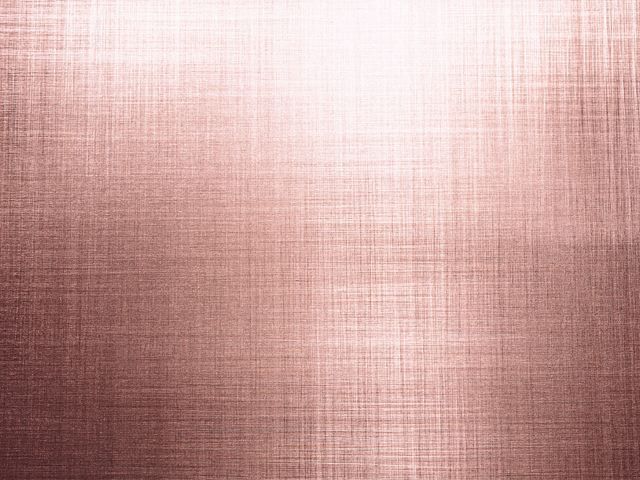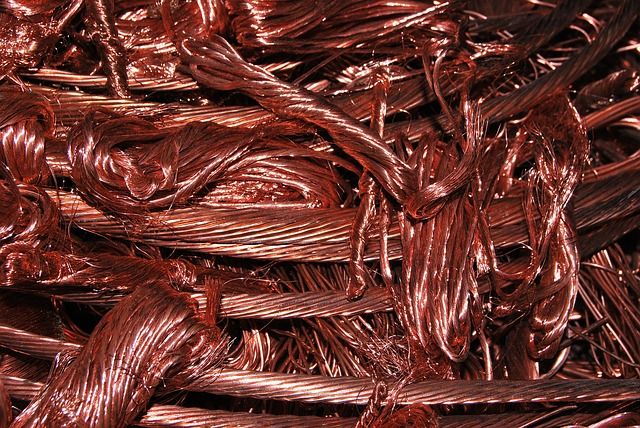Copper and brass sheet metal are used for a number of different applications. The sheets can be used as a part of architectural detail or sometimes for added aesthetic flare. The tricky thing about copper and brass is that sometimes they can look too similar. This can be problematic when someone is looking for specific properties of either copper or brass.
Using the wrong type of sheet metal can have disastrous effects, especially when the sheets are required to hold any form of structural integrity. Before using any sheet metals for your next projects, try these tricks to differentiate brass from copper:
Method 1: Checking the Color
Brass and copper sheets develop patina as they age. This can result in a dark surface with green specs. Clean the metal using brass cleaning techniques because it is safe for both copper and brass. When the sheet metal is clean, hold it up to a florescent light source. Do not use sunlight as the yellow light can affect the color of the sheet.
Copper is a single metal meaning its composition is almost exactly the same. Brass is an alloy and the colors of the sheets will vary, depending on the combination of metals. The best comparison for copper is the US penny because they are copper plated. If the sheet’s color resembles the penny, you have a copper sheet on your hands. However, if the color is visibly different, then you have a brass sheet metal.
It is also handy to keep in mind that copper is known for its reddish coloring while brass may have variations that can range from orange red to yellow. Yellow brass contains a higher concentration of zinc while the darker brass, also known as red or orange brass contains more copper, up to 80%.
Method 2: Check for Codes Stamped on the Sheets
Checking for codes makes identification easier. Most brass pieces, even sheets that are made for industrial use must have a stamped code on them. This makes it easier to identify the metal or the alloy. North American and European manufacturers label brass pieces with a “C” which is then followed by a series of numbers.
Copper pieces are usually left unlabeled, so do not get confused when you see codes like C3, C4 or even codes like C10100, these are all brass pieces. However, these codes will not be seen in older brass pieces as this is a relatively recent identification system.
Method 3: Ask Your Trusted Sheet Metal Supplier
The best way to be 100% sure of the type of sheets you are about to use is to ask your supplier about them. Although this may mean buying new sheets instead of recycling the old ones you have at home, at least you know in full confidence that you have a brass sheet metal in your hands and not copper.
About Rotax Metals: If you are concerned about the effects of your metal and alloy use on the environment, you are making the right choice with Rotax Metals. Since 1948, when Rotax Metals opened its doors to supply the public for their metal needs the main priority has been sustainability. All facilities are equipped with solar panels and all transactions stay paperless unless specifically requested by the client. At Rotax Metals you don’t just get high-quality metals; you also help the environment along the way.
Sources:
How to Tell Brass from Copper, WikiHow.com
Difference Between Brass and Copper, DifferenceBetween.info



